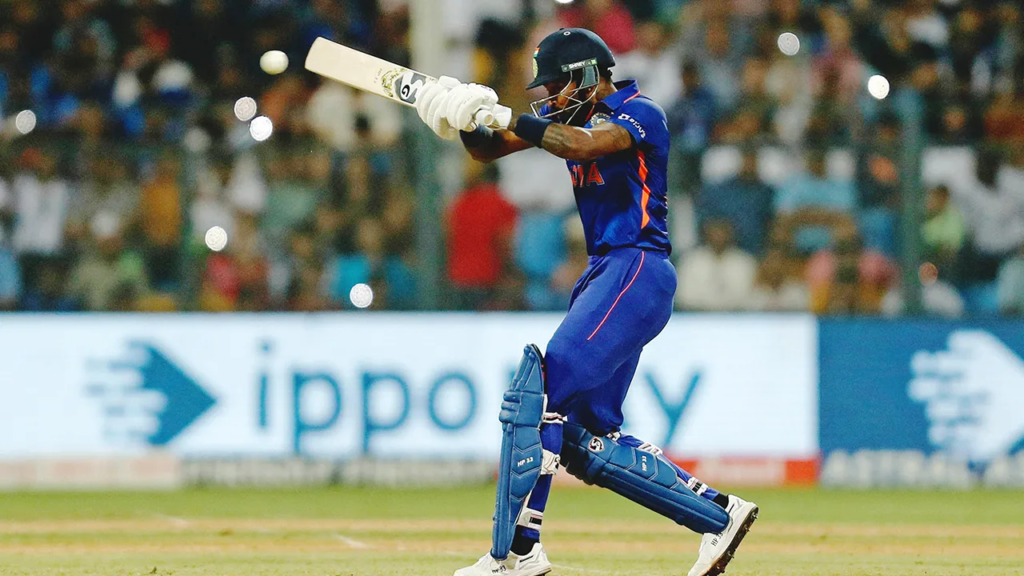Twenty20 (T20) cricket, a format designed to complete a match in about 3 hours, revolutionized the game by prioritizing entertainment and instant gratification. The IPL is one of the best T20 tournaments, and by going to india.1xbet.com/line/cricket/2542291-indian-premier-league you can wager on it.
Introduced formally in 2003 by the England and Wales Cricket Board (ECB), T20 cricket aimed to address dwindling stadium attendance and appeal to a younger demographic. Here, we will explore the state of T20 cricket before the creation of the Indian Premier League (IPL) in 2008. Also, we will concentrate on its origins, early development, and impact on the international cricket landscape.
Twenty20 cricket was conceived as a shorter, more dynamic version of the game to attract fans who might find the longer formats too time-consuming. The first official T20 matches were played in 2003 in the English domestic circuit. The format was immediately popular among fans, with the first matches being notable for their festive atmosphere and large crowds. This is something that had been waning in other forms of domestic cricket in England. English cricket is also covered by the 1xBet platform as well.
The inaugural T20 Cup in England was a success in terms of attendance and viewership. For example, the Surrey vs. Middlesex match at The Oval saw a sell-out crowd, a rarity for domestic cricket games not involving international teams at the time. This initial success was a clear indicator that the format had significant potential.
Expanding the Format
Following its domestic success in England, other cricketing nations began to explore T20 cricket. The 1xBet in India platform also covers plenty of Twenty20 competitions, including the Indian Premier League. Some countries that began to create their competitions include:

- South Africa;
- Australia;
- New Zealand;
- and India.
South Africa started its own T20 tournament in 2004, and by 2005, Australia had followed suit with the Big Bash competition, which also enjoyed considerable popularity. The success of domestic leagues confirmed the format’s potential to reshape the cricketing landscape globally.
The real turning point for T20 cricket, however, came when the International Cricket Council (ICC) adopted the format at the international level. The first T20 International (T20I) was played between Australia and New Zealand in February 2005. The match was treated with a light-hearted spirit, with players wearing retro kits from the 1980s, but it marked a significant milestone in cricket history.
Before the IPL, T20 cricket had begun to influence batting and bowling strategies significantly. Batsmen aimed for higher strike rates and were more willing to take risks, while bowlers developed new deliveries like the slower ball bouncer and the knuckleball to counter the aggressive batting.
For instance, the average run rate in T20 internationals steadily increased from around 7.25 runs per over in 2005 to approximately 8.00 by 2007. This period also saw individual performances enhancing the appeal of the format. Chris Gayle’s first T20I century in the inaugural World T20 in 2007 showcased the explosive potential of batting in T20 cricket. The 1xBet India platform is a website in which you can wager on the memorable performances of other great cricketers too.

The establishment of the World T20 by the ICC in 2007 was a landmark event. Hosted in South Africa, the tournament was a critical success both commercially and competitively. It concluded with India winning the championship against Pakistan in a nail-biting final that was decided on the last over. This helped skyrocket the popularity of T20 cricket in India and across the cricketing world. This victory was pivotal as it spurred the BCCI to capitalize on the format’s popularity by launching the IPL in the following year.
T20 cricket, before the advent of the IPL, had already made significant inroads into changing the traditional cricket format landscape. However, the IPL managed to consolidate this format and popularize it even more.


More Stories
Exploring Alternatives: Similarities and Differences with Traditional Adult Content
Transforming Data Management with Modern Data Platforms
How Consumer Intelligence Platforms Improve Product Development